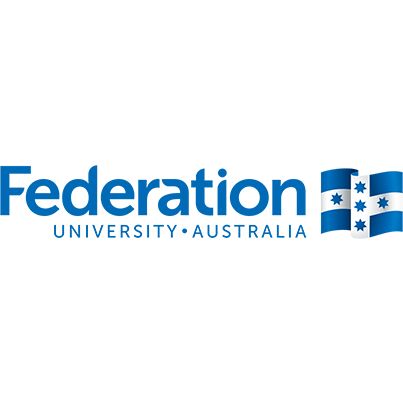Full description
Turning Waste into Power through Hydrothermal Carbonization _ Description.
Have you ever thought about what happens to our wastewater? It heads to treatment plants, where it produces sludge. This sludge, after some processing magic, turns into a solid rich in water and organic matter called biosolid.
Australian treatment plants produce tons of biosolids every year, creating a disposal headache most end up in landfills or are burnt, causing environmental damage and high costs.
Turning biosolids into useful resources requires affordable and energy-efficient technology as they're wet and drying them is energy intensive.
In my PhD, I'm diving into Hydrothermal Carbonization, a technology ideal for turning wet biosolids into; commercially valuable products. Conducting lab experiments followed by a model will scale up this for industry, ultimately turning trash into cash and promoting a cleaner planet for future.
Issued: 2024-09-12
Created: 2024-09-12
User Contributed Tags
Login to tag this record with meaningful keywords to make it easier to discover
- DOI : 10.25955/27000271.V1



